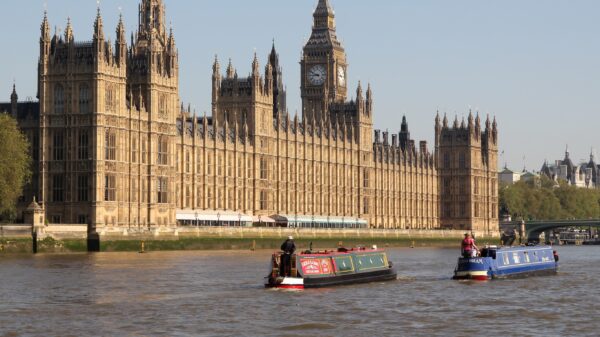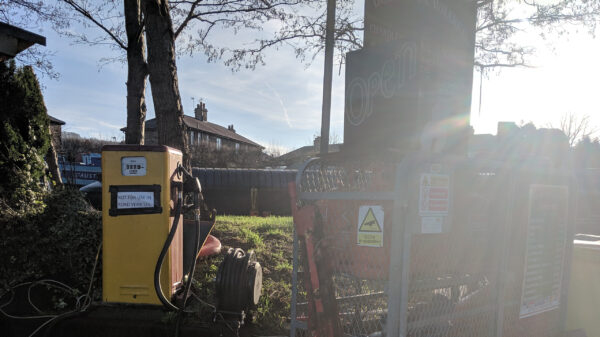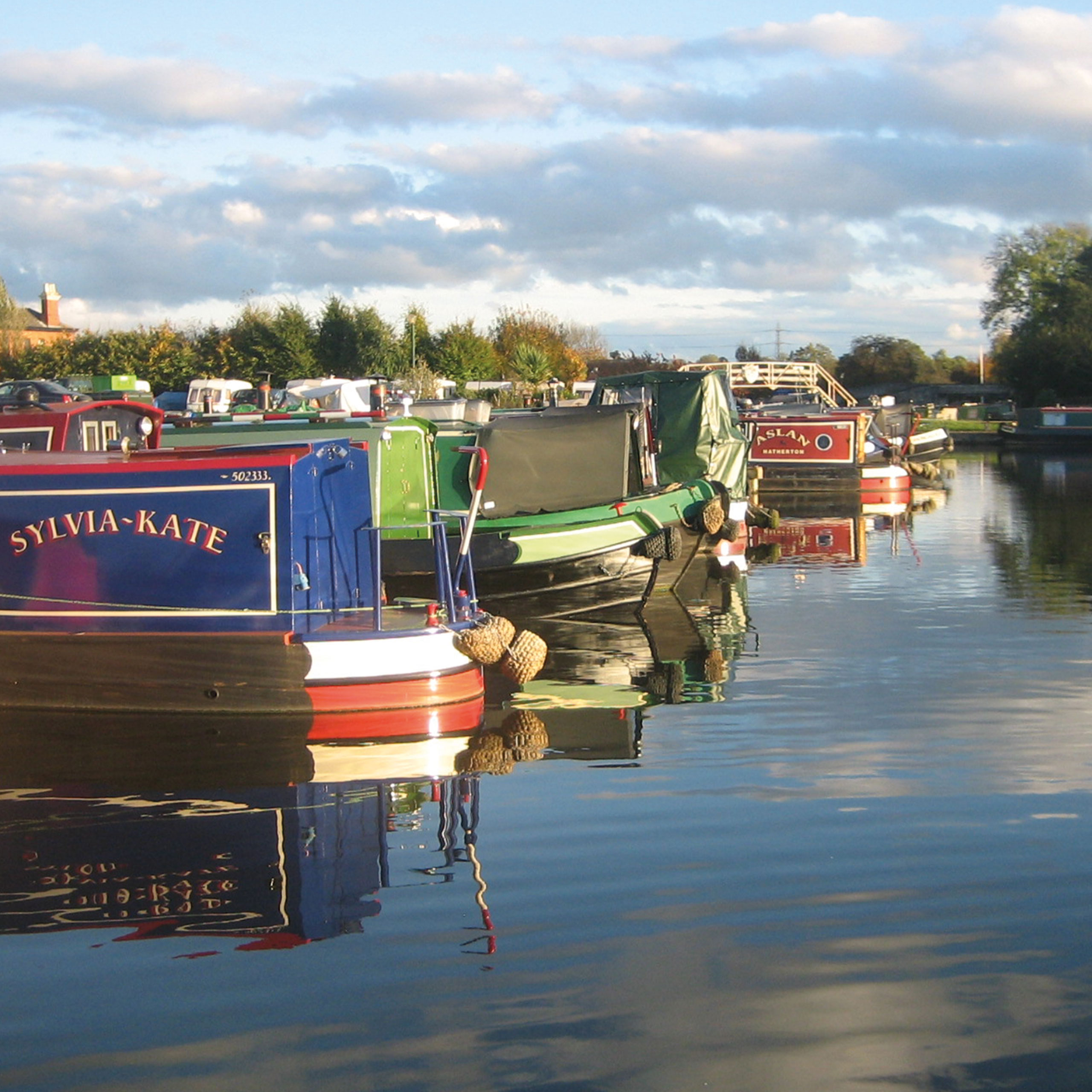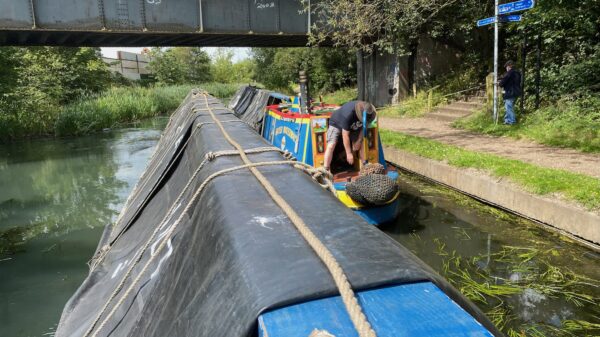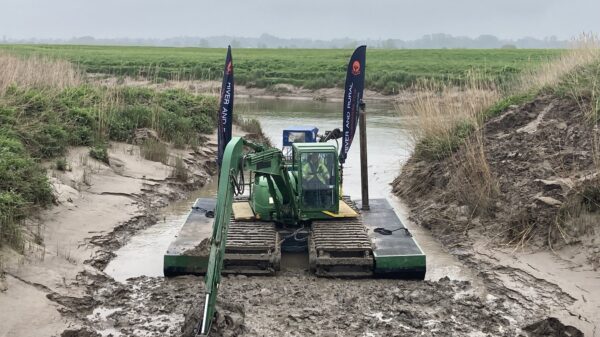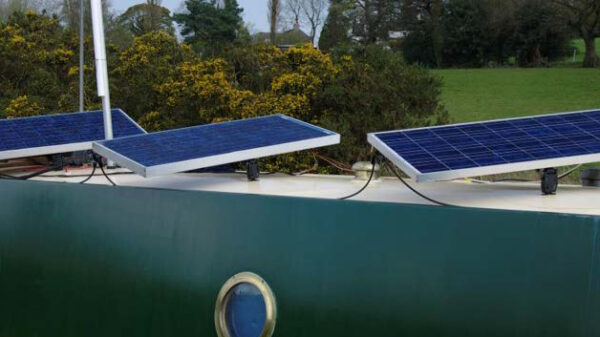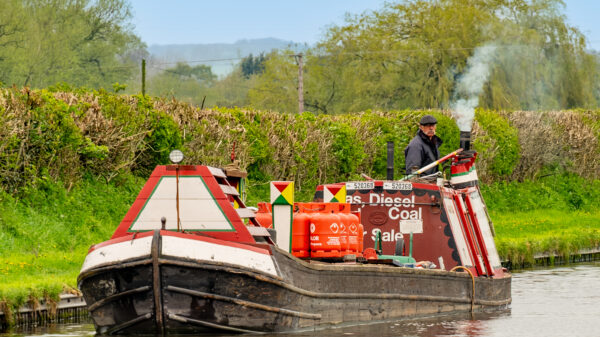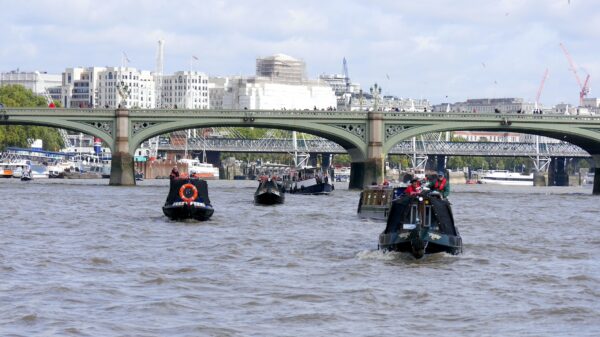Mooring matters
Choosing a secure spot is easier said than done, however, especially when a river is already in flood. Try to avoid shallow banks or steep falls as this increases the chances of your boat listing when the water comes down or, if you have the opportunity, moor in a lock as it provides some protection from floodwaters.
River Canal Rescue also urges boaters to take into account the flow of water: “Will it push or pull the boat and could it cause problems with other mooring points? Several boats sunk in recent floods because they were subject to water level changes which left them at an angle with outlets allowing water in.”
Clean out drainage holes
Drainage holes on the stern deck can easily become blocked with leaves and other debris over time, and become corroded. The risk here is that water may leak into the engine compartment and the alternators and starter motors, compromising charging and even starting the boat. If you’ve only got a manual bilge pump the entire engine room could fill with water. Clean out drainage holes regularly to reduce the chances.
Ease off the ropes
Fluctuating water levels will mean any boat tied too tightly is in real danger of listing. This could potentially sink the craft if outlets are submerged and water allowed to ingress. Keep your mooring ropes slack to stay safe.
It’s also worth ensuring your ropes run to points that can be accessed even in a flood situation, so they can be adjusted to the conditions. If it’s especially windy, check ropes for chafing too.
Battle of the bilge
There are three words which could spell the difference between a boat sinking and staying afloat: automatic float switch. If you have a manual bilge pump fitted, and it works – you’ve checked! – it’s no good on unattended craft without a switch.
Meanwhile, bear in mind that all pumps are reliant on batteries being in good condition and well charged. RCR advises: “Most batteries with a good charge can operate a pump for one week to 10 days with a bilge pump continuously running. To charge the battery, frequently run the engine for a minimum of one to two hours. It’s also worth finding out how long your battery will last on continuous use so if there is heavy rain, you can gauge how often to visit the boat.”
Wind factor
Strong flows and difficult river conditions aren’t your only concern in adverse weather – wind can cause havoc underway too. Check the direction it’s coming from before attempting any manoeuvres – it’s all too easy to lose control.
Stay up-to-date
Canal & River Trust issues stoppage or restriction notices when flood locks are brought into operation or when a navigation is closed due to flood conditions. You can sign up to receive emails advising of these per particular waterway, or you can check this information at any time on CRT’s website: canalrivertrust.org. uk/notices.
Meanwhile, the Environment Agency issues Strong Stream Advice whenever flows reach a level that could be hazardous to boaters on its navigations. When Strong Stream Advice is in force, red flags, signs and warning lights at various lock sites are activated.
Up-to-date information on any strong stream warnings in force on Environment Agency navigations can be obtained by telephoning EA’s Floodline Information Service on 0845 988 1188. EA operates a messaging system to inform boaters by telephone message, text or email, to advise when Strong Stream Advice has been issued or cancelled. You can sign up for these on EA’s website for Anglian waterways (gov.uk/ guidance/anglian-waterways-river-conditionsclosures-and-restrictions) and the River Thames (riverconditions.environment-agency.gov.uk).
Point plank
RCR managing director, Stephanie Horton, has a great tip to help prevent a boat drifting onto land when water levels rise: “Position a boarding plank between the boat and the river/ canalside edge and fix it into position on the side of your boat.” This basically acts as a stop.
She also advises using the engine to keep the craft from getting grounded. However, she warns, “be mindful that as the propeller is at its lowest point, it can easily be damaged if the boat does drift. These options are not advisable other than in emergencies.”
If your boat does drift onto land, it can be tempting to try and push it back into the water yourself. Timing is everything here – and so is your health and safety. Don’t attempt this potentially dangerous manoeuvre rashly, especially if you’re unable to see under the water.


